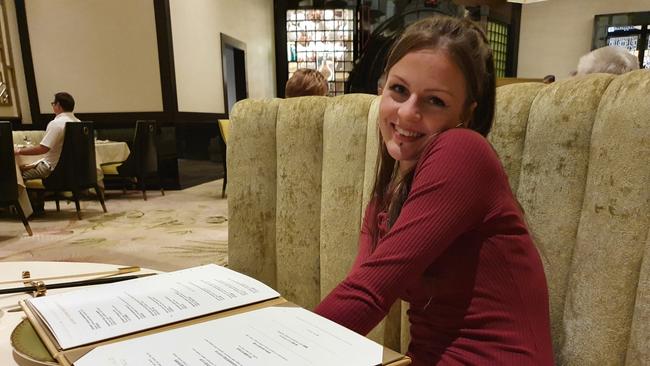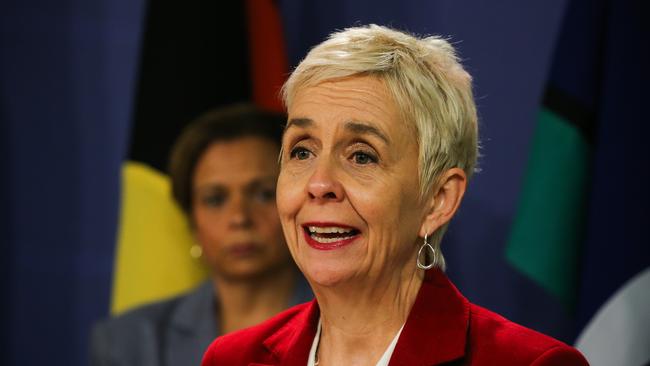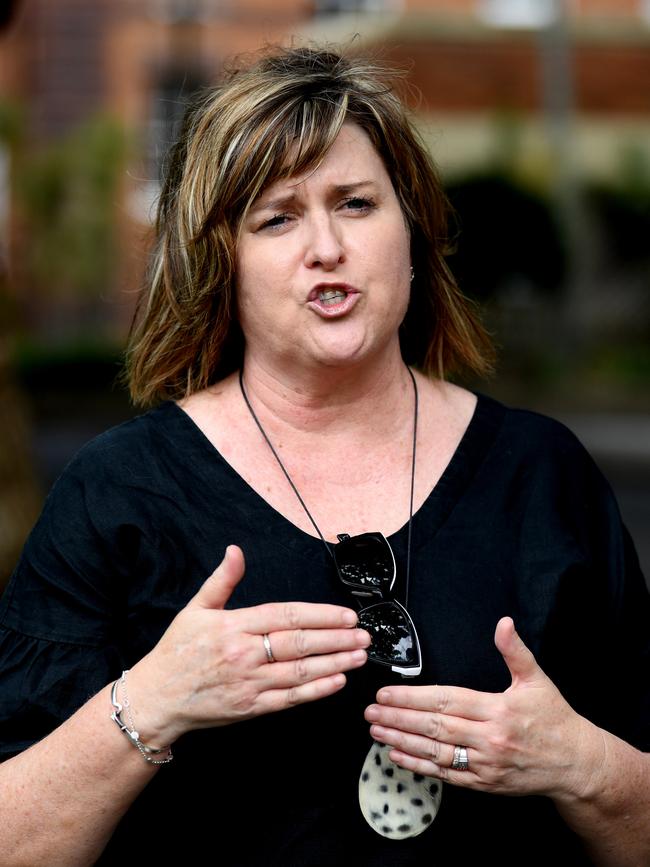The victims of violence taking their own lives
Up to 10 times as many women take their own lives because of domestic violence as those murdered by their abusers but a failure to identify them has led to a generation of hidden victims.

Up to 10 times as many women take their own lives because of domestic violence as those murdered by their abusers, but a failure to properly identify the cases has led to a generation of invisible victims, frontline crisis workers say.
Domestic, Family and Sexual Violence Commissioner Micaela Cronin has joined key suicide prevention service Lifeline in calling for greater scrutiny of suicides by women who have been subjected to intimate partner violence.
Ms Cronin told The Australian there were “significantly higher numbers” of women taking their own lives after abuse than being killed by the abuser “because they see no other choice for them to escape domestic and family violence”.
“It is absolutely high numbers but part of the problem we’ve got is that we don’t have very good visibility of those numbers – it’s really just starting to emerge,” Ms Cronin said.
“It’s really important that we get on top of measuring this issue, which in some ways seems to be taking more women’s lives.
“We are not routinely gathering data in the same way (as intimate partner homicides) about suicides and it is something that needs to be prioritised.
“There’s a real groundswell of people who are feeling like they’re invisible and their experiences are not being seen.”

Almost all states have domestic violence death review boards, but most are heavily focused on homicides.
Research has been limited by differing – and often inadequate – methods of collecting data among states, and long delays in coronial proceedings to determine the cause and circumstances of death.
Australia’s leading suicide prevention service Lifeline wants to see national, consistent data on suicide and domestic and family violence gathered “to enable an understanding about the extent and impact of this issue and to better inform appropriate interventions and responses”.
Lifeline’s domestic violence sector manager, Angela Lynch, says suicide by women subjected to family violence is much more prolific than murders. “As horrific as all of those acts are, that’s the reality,” she said.
“If you remember back 20 years, we never used to talk about domestic violence and intimate partner homicides. It was just ‘Oh, another murder’. And there was a lot of work done to really raise the profile of those deaths.
“So if we were able to better gather data on these suicide deaths that are associated with domestic and family violence, you’re going to have a much better chance of being able to change things.

“I think that we can get a lot closer if we were able to get all of the consistency across all of the domestic violence death review boards across Australia, if they were able to better accommodate issues of suicide in the deaths that they review.”
In 2022, the West Australian Ombudsman found 59 women over the age of 18 who died by suicide in 2017 (the most recent year for which there was complete data) were identified victims of family and domestic violence, amounting to 56 per cent of the women who took their own life in the state that year.
Extrapolating the WA data to the Australian population as a whole, 590 women who experience domestic violence would take their own lives every year.
Labor frontbencher Tanya Plibersek has asked Attorney-General Mark Dreyfus to look at the WA data after being approached by Julie Adams, the mother of 22-year-old Molly Wilkes, whose suicide two years ago resulted in super fund HESTA paying her entire superannuation and life insurance benefit to her abuser.

The Queensland Domestic and Family Violence Death Review and Advisory Board says suicides contribute the largest number of domestic and family violence deaths each year in the state and women who have been abused by intimate partners are almost four times more likely to experience suicidal ideation than women in the general population.
A 2015-17 pilot study by the NSW Domestic Violence Death Review Team found that 42 of the 85 female suicides in the state “had a recorded or apparent history of domestic and family violence, relationship conflict or relationship breakdown”.
That amounted to 49 per cent of all female suicides. The pilot study, however, was discontinued.
“Due to limited resourcing and capacity issues within the secretariat, this study has been unable to progress further,” the team reported.
If you or someone you know is at risk of suicide, call Lifeline (13 11 14) or the Suicide Call Back Service (1300 659 467), or see a doctor.



